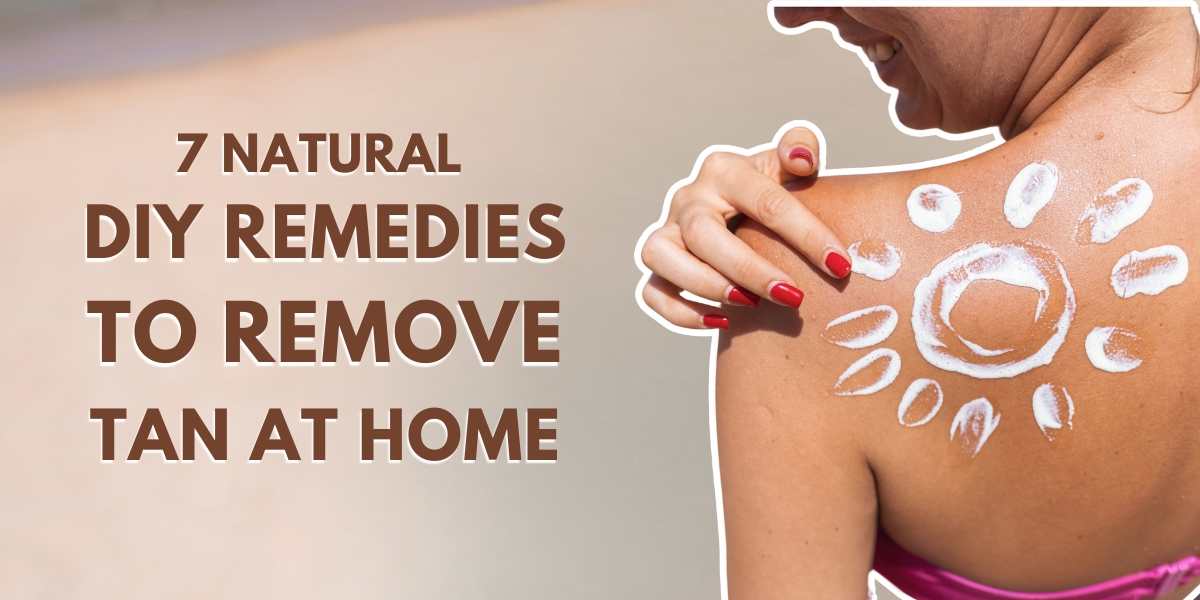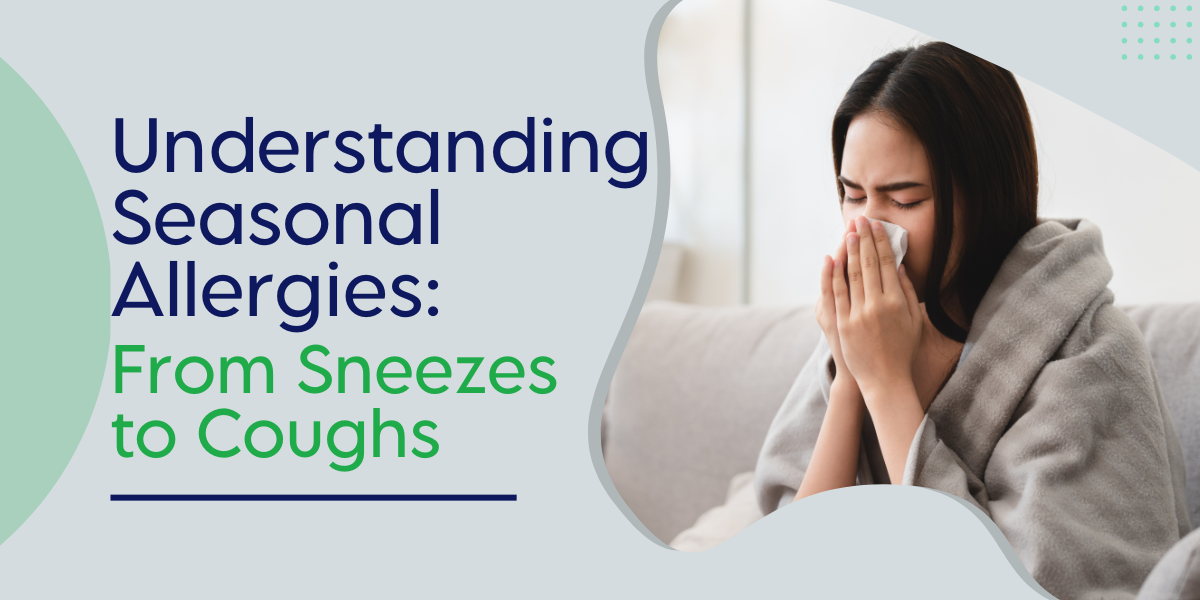Spending time outdoors is refreshing, but the sun often leaves behind a not-so-welcome gift—tan. Overexposure to sunlight can darken your skin tone, cause uneven pigmentation, and lead to dullness. If you’re searching for how to remove tan without harsh treatments or expensive products, nature has some excellent solutions.
Below are 7 tried-and-tested home remedies to help you fade that tan and bring back your natural glow!
1. Lemon and Honey Blend
What it does:
Lemon helps lighten dark patches, while honey keeps the skin soft and moisturized.
How to use:
Mix equal parts of lemon juice and honey. Apply to the affected area and leave it on for 15–20 minutes. Wash with lukewarm water.
Caution: Lemon can make your skin sun-sensitive—apply this in the evening or before bedtime.
2. Cooling Cucumber and Rose Water Pack
What it does:
Cucumber calms sunburnt skin, and rose water acts as a natural toner.
How to use:
Grate half a cucumber and mix it with a tablespoon of rose water. Apply it as a mask or dab gently with cotton. Rinse off after 15 minutes.
Good for: Soothing irritated or sun-exposed skin.
3. Yogurt with Turmeric
What it does:
Yogurt cools and hydrates the skin, while turmeric helps reduce pigmentation.
How to use:
Combine two tablespoons of plain yogurt with a pinch of turmeric. Apply to the face or other tanned areas, let it sit for 20 minutes, and rinse well.
Use: 2–3 times a week for best results.
4. Tomato Pulp
What it does:
Tomatoes are rich in antioxidants and naturally brighten the skin.
How to use:
Mash a ripe tomato and apply the pulp to your skin. Let it stay for 15 minutes and then rinse off with cold water.
Added benefit: Helps shrink open pores too!
5. Aloe Vera Gel
What it does:
Aloe vera is a go-to for skin hydration and soothing sun-exposed areas.
How to use:
Use fresh aloe vera gel from the leaf or a pure store-bought one. Apply before sleeping and wash off in the morning.
Ideal for: Daily use, even on sensitive skin types.
6. Gram Flour and Milk Scrub
What it does:
Gram flour acts as a gentle exfoliator, while milk nourishes and brightens skin.
How to use:
Mix two tablespoons of gram flour, one tablespoon of raw milk, and a small pinch of turmeric. Apply the paste to tanned skin, let it dry, then scrub it off in circular motions before rinsing.
Great for: Removing dead skin cells and improving skin tone.
7. Potato Juice
What it does:
Potatoes contain enzymes that can naturally lighten darkened skin.
How to use:
Grate a raw potato and squeeze out the juice. Dab the juice onto your skin using a cotton pad. Leave for 20 minutes and wash off.
Visible effects: With regular use, it helps reduce tan and brighten skin.
Tips to Prevent and Reduce Tanning
-
Use Sunscreen Daily: Always apply SPF 30 or higher before stepping out.
-
Cover Up: Use scarves, hats, and sunglasses for added protection.
-
Hydrate Well: Water helps flush out toxins and keeps the skin supple.
-
Exfoliate Regularly: Gently exfoliate twice a week to remove dead skin buildup.
Conclusion
Knowing how to remove tan naturally at home can save your skin and your wallet from damage from costly salon treatments. These easy, chemical-free remedies not only help reduce tanning but also improve your overall skin health. Be patient and consistent, and your skin will thank you!





